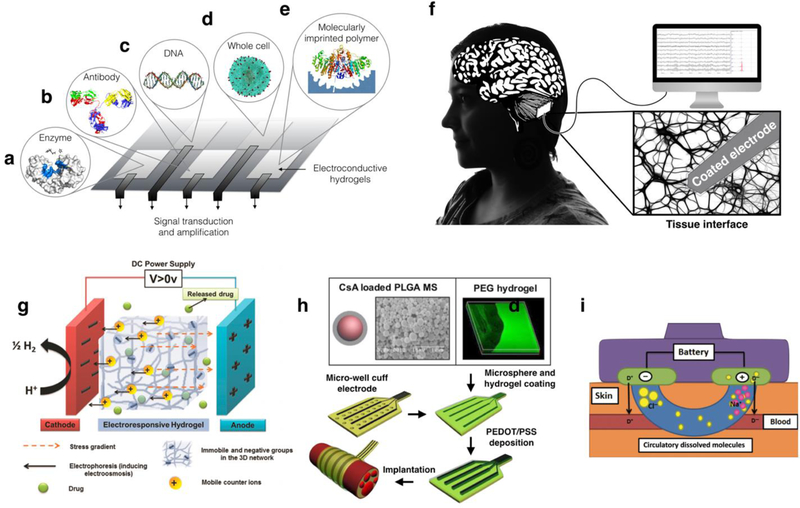Figure 8. ECHs for tissue engineering applications.
The addition of electrically conductive materials (red circles) can be used to provide conductive properties to intrinsically insulating hydrogels (a). These ECHs could be used to deliver relevant biophysical stimuli to cardiomyocytes in vitro, such as mechanical and biological cues, or electrical stimulation/pacing. These maturation cues have been shown to trigger phenotypical changes that ultimately lead to fully mature and functional cardiomyocytes. ECHs have been used to develop conductive nerve conduits as an alternative to nerve autografts for nerve regeneration and repair (b). [220]. ECHs could provide physiological stimuli that mimic native nerve tissues and induce the differentiation of progenitor cell types to neural lineages (c). [224] ECHs deliver biomimetic topographical and electrical cues in vitro to form highly oriented cellular constructs with tissue-level functionality (d). [181] Scale bars= 100 µm (d upper image), 20 µm (d lower image).
Sources:
[220], Copyright 2017. Reproduced with permission from the American Chemical Society.
[224], Copyright 2016. Reproduced with permission from John Wiley and Sons Inc.
[181], Copyright 2017. Reproduced with permission from the Royal Society of Chemisty.

